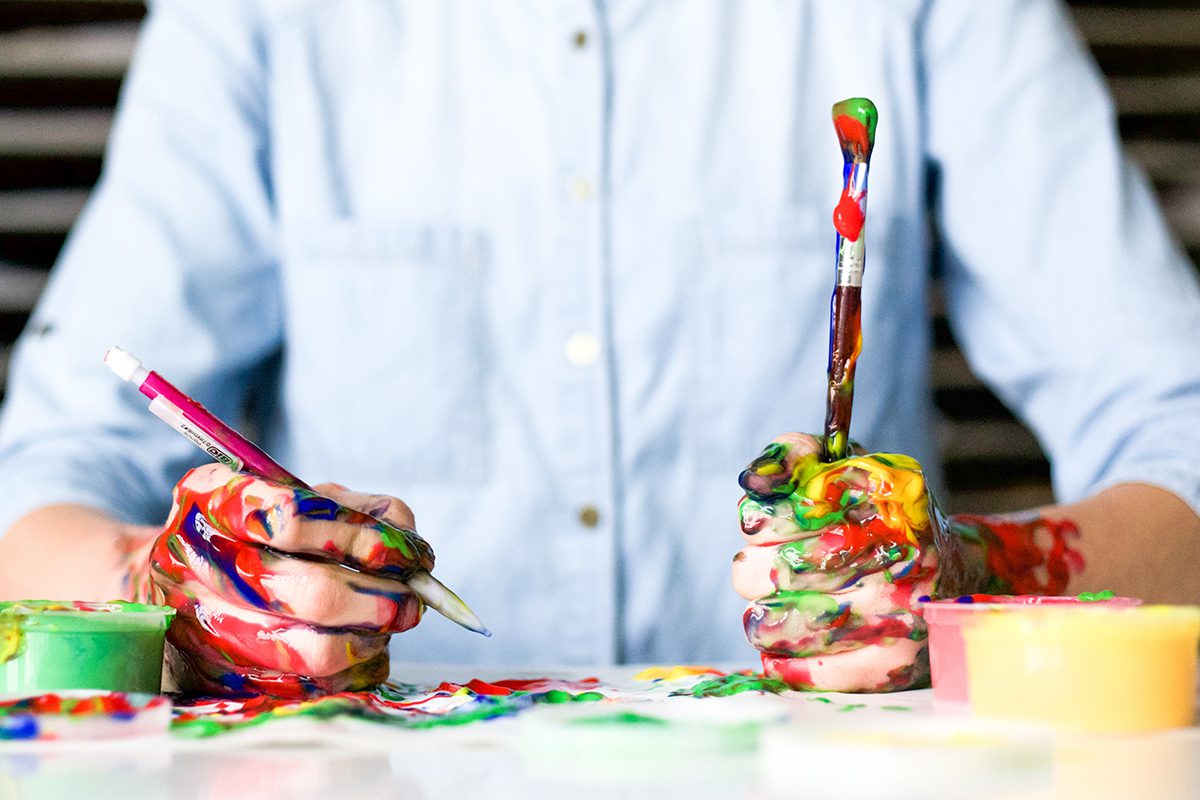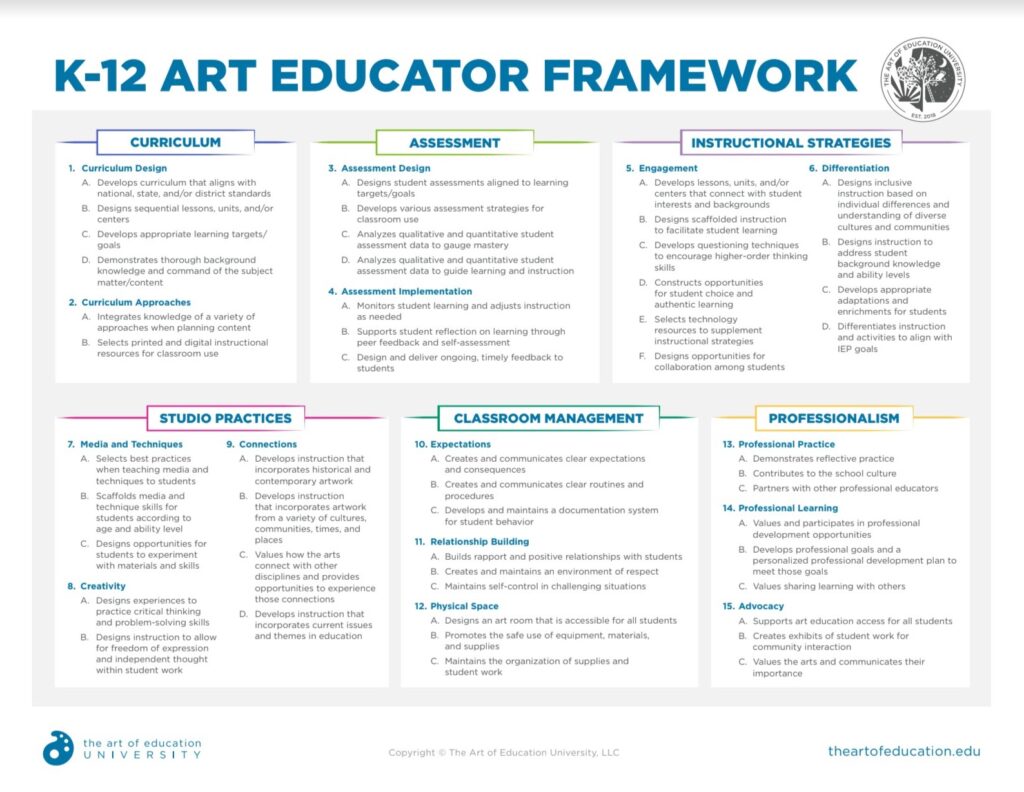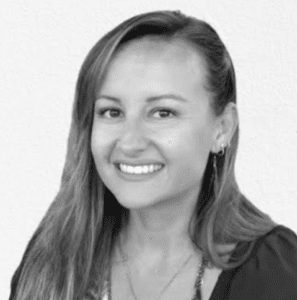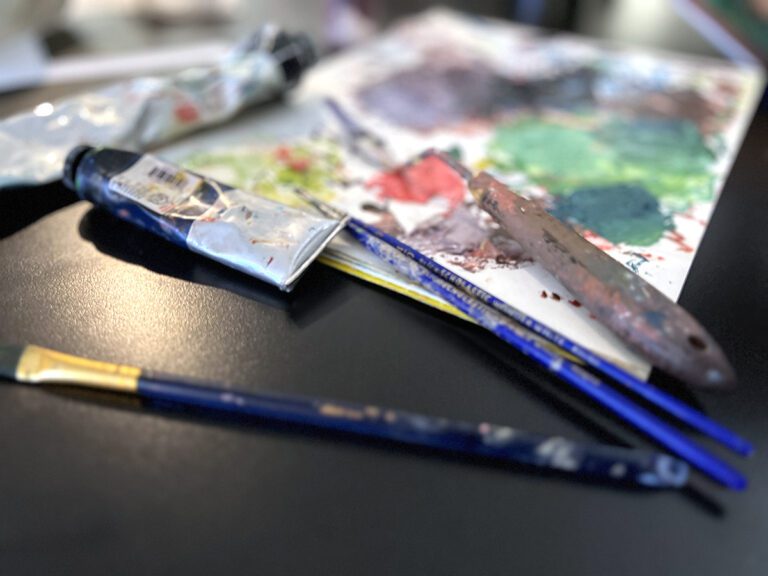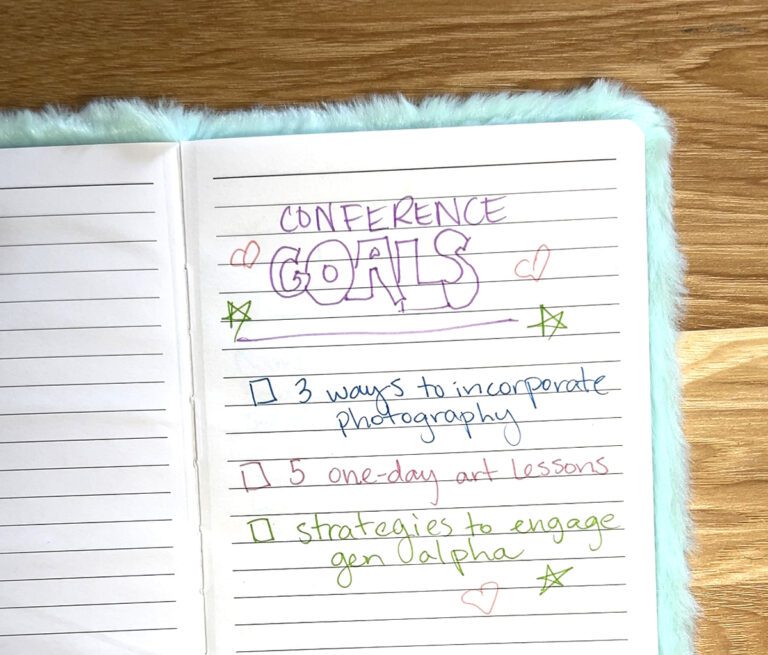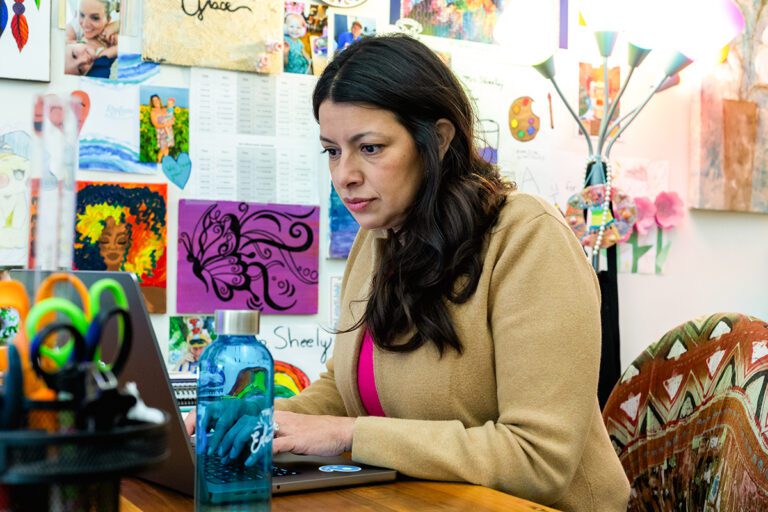You open your email in the morning and see a notification that you are scheduled for an upcoming formal observation. Your heart sinks. If you are a new art teacher, this may have your nerves tied up in knots! If you are a veteran teacher, you may be aggravated by all the upcoming “work” you are going to have to do. Either way, formal observations can feel overwhelming.
Art room observations are a special breed of analysis falling under your administrative team’s purview. Observations can feel like a burden, but they are in place to provide feedback, support, and growth in your teaching practice. Often, the observer is disconnected from the art room, has never been an art teacher, comes from a general education background, or may be inexperienced with art room evaluations. However, they have a holistic understanding of education trends, teaching and learning styles, and what makes a great lesson.
When you view the observation as a mutually valuable growth process for you and your administrator, it can provide some relief from a potentially intimidating experience. Researcher Zeba Zaidi notes that “the process of lesson observation is on one hand, an experience for the observed instructor to identify [their] strengths and weaknesses in teaching; and on the other hand, is a great, enriching experience for the observer.” To ensure that your observer gets the most out of their experience in your room, it is your responsibility to educate them about your unique context, curriculum, celebrations, and constraints.
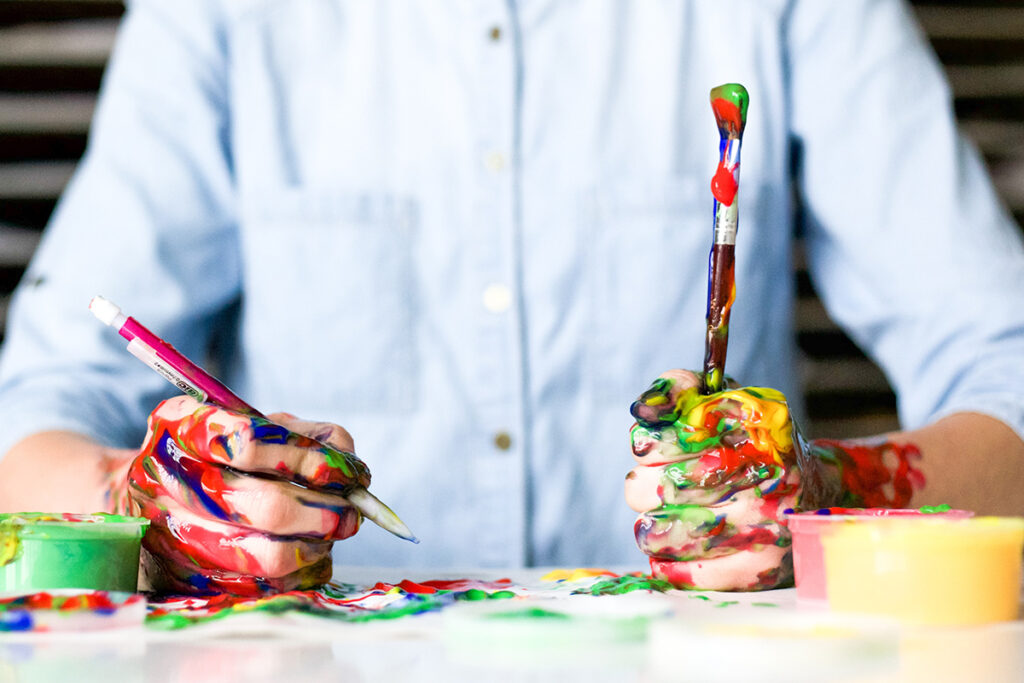
What are the two kinds of observations?
There are two kinds of observation styles: informal and formal. Informal observations may be unannounced, short—usually around fifteen minutes or less, and do not entail a meeting ahead of time. A formal observation may be announced, usually spans an entire class period, and includes a pre and post-observation meeting. The pre-conference is where you will review the goals of the observation and lesson. The post-observation meeting is where you will discuss what your administrator observed to improve your teaching.
Generally, you will have plenty of advanced notice before a formal observation. If you are given a short amount of time, speak to your observer and advocate for more time. An observer who is unfamiliar with the art room may not understand the amount of preparation required for materials and scaffolding of lessons.
What is a framework?
Observations are typically based on a framework. A framework is a guide to help you and your observer know what to look for and focus on during the lesson. Frameworks will vary from district to district; popular models include Marzano and Danielson. Alternatively, your district may have a framework they have developed that reflects benchmarks or goals specific to your district’s demographic or other essential metrics. An excellent reference to support the organization of your lesson for a formal observation is The Art of Education K–12 framework, which you can download below.
Download Now!
Even though there are different evaluation models and frameworks, they all boil down to the same core themes.
Here is a quick breakdown of some common categories you may see:
- Planning, Preparation, and Instruction
- Physical Classroom and Routines
- Content Knowledge and Studio Practices
- Professionalism and Reflection on Teaching Practice
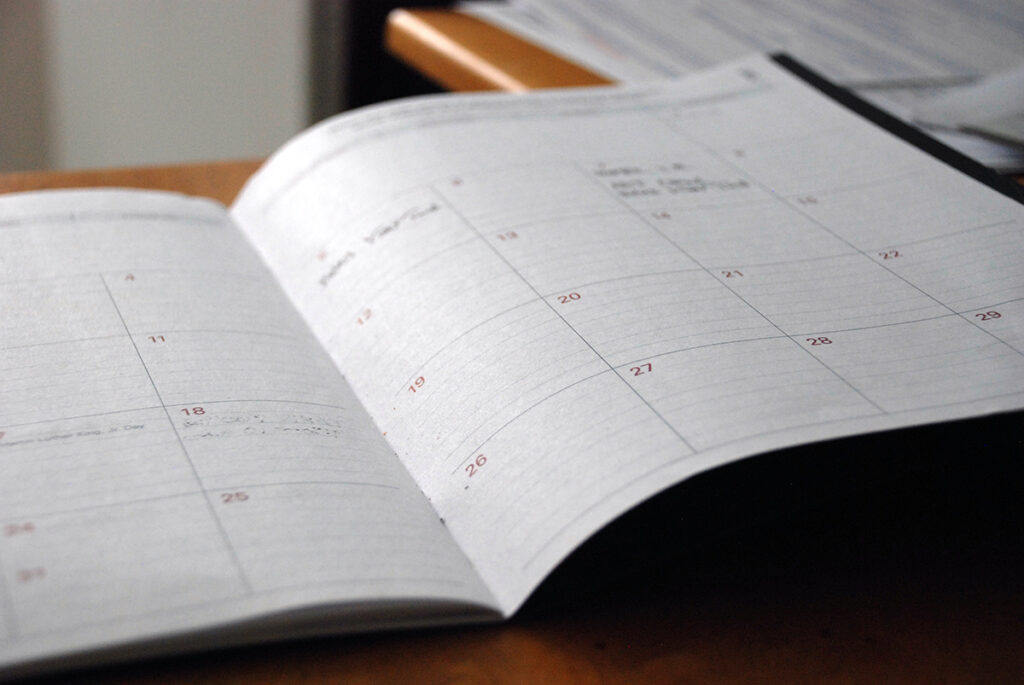
What should you do in the weeks leading up to your observation?
If you break down your observation into smaller tasks over the course of a few weeks, it will make the process more manageable. Below, we will discuss a few steps you can take to prepare in the weeks leading up to your observation date.
1. Prepare for your pre-observation meeting.
You may be allowed to schedule your own pre-conference and observation date and time, or it may be selected for you. Either way, you will most likely need to complete some district-required paperwork.
Consider your pre-observation meeting time as an opportunity to share with your observer the following information:
- Any art room routines and procedures
- Your teaching philosophy
- A general summary of the lesson to be observed
- Data about your class demographics
For more on what your administrator really wants to see when they come to observe you, check out this article.
2. Select your lesson.
It is a good idea to use a lesson that you particularly like during your observation. This will showcase your passion and expertise. Your enthusiasm naturally shines when you are in your element discussing your favorite techniques, styles, movements, and artists. Working within your knowledge base means you do not have to learn a new topic for your observation.
Here are a few pro tips as you choose your lesson:
- Scaffold your instruction in the weeks leading up to the observation to ensure your students are prepared.
- Determine how you will hook and maintain your students’ interest.
- Leverage the lesson to demonstrate various skills, open-ended problem solving, use of technology, and differentiated strategies.
- Consider having a video demonstration as a backup plan if something goes awry with your lesson.
3. Implement solid classroom management.
You can have a classroom full of amazingly gifted artists, but if they are not listening to your instructions, the lesson will bomb. Unfortunately, strong classroom management does not happen overnight. Start establishing clear expectations and consistently reinforcing them now.
Below are some tips if you want to focus on improving your classroom management:
- Create clear expectations for students and practice routines regularly.
- Adjust seating charts as needed.
- Work with resource staff who can help streamline instruction and your classroom environment for individual students’ needs.
- Prepare specific materials needed to support accommodations and differentiation.
- Plan for the late arrivers and early finishers.
4. Compose a one-pager.
A one-pager is a document with a snapshot of information on one sheet of paper. This will help to keep you focused as well as provide your observer with all the key points they need to know. You can give this to your observer at your pre-observation meeting or when they walk into your room on observation day.
Here is some information you can include:
- State/National standards
- Demographics of your class
- Agreed upon annual goals
- Scope and sequence
- Lesson objectives or “I can” statements
- Suggested questions for the observer to ask students
For additional pointers on how to get ready for your formal observation, take a look at the PRO Pack, Preparing for Successful Evaluations.
What should you do the day before your observation?
Put together your space and materials for the lesson the day before your observation. Preparing ahead of time will eliminate those last-minute rushed feelings. You also won’t be as stressed by the unexpected because you will have built in some flex time. You will feel ready to tackle whatever comes your way!
5. Get organized.
Art lessons have many moving parts and components to them that other content areas usually don’t have. From student work to art materials—there are many things that you can organize ahead of time to reduce time and energy right before or during the lesson.
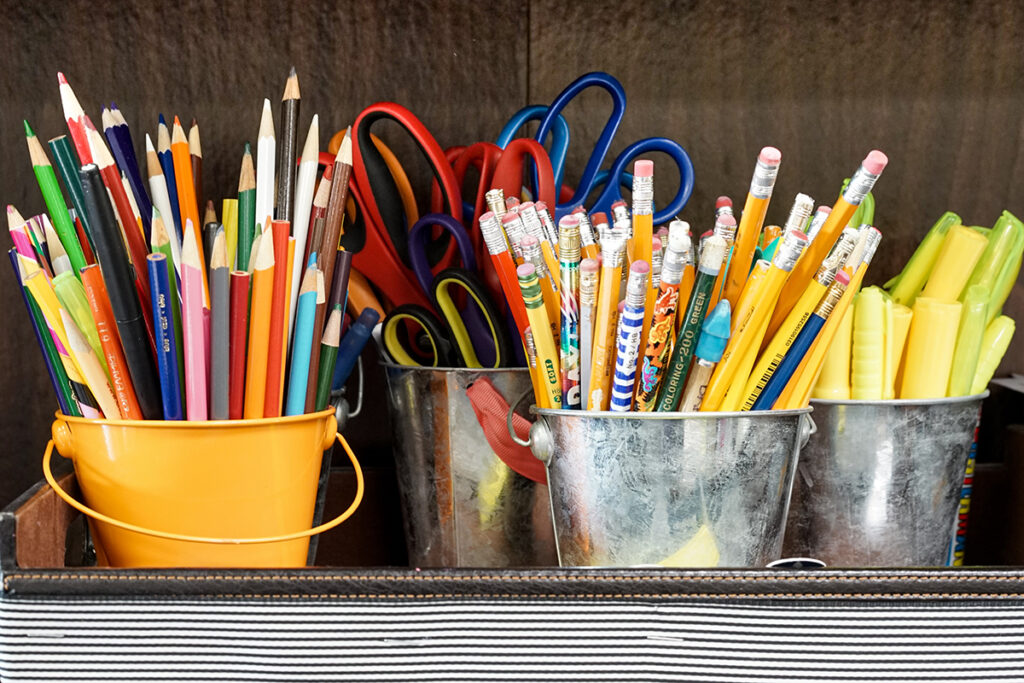
Below are some tips to help you get as organized as possible:
- Lay out your materials, count your supplies, create stations, and label items.
- Ensure all technology is in working order. If using any video, open it in a tab on your computer so it is ready to go.
- Display “student-friendly” lesson objectives, visuals, and supplemental materials prominently.
- Check in with your students and discuss the lesson’s relevance, review the scope and sequence, and recall what the finished product will be.
- Tidy the classroom, declutter your space, and hang recent artwork to make student learning as visible as possible.
- Scan your inbox for any interruptions you may have to anticipate, such as a fire drill or early release.
6. Get a good night’s rest.
Staying after school to prepare for your observation is up to you, but make sure you incorporate time to focus on yourself. Take twenty minutes to get everything packed for the next morning so you don’t start your observation day in a scramble. Then, log out of your email, put your laptop away, and relax before getting a good night’s sleep!
If you need some ideas on how to spend your evening, keep reading:
- Pack your lunch or pre-schedule a food delivery to your school.
- Lay out clothes that are professional and comfortable to build confidence.
- Eat a healthy dinner and hydrate.
- Do an activity that brings you mental and physical rest, such as going for a walk, meditating, taking a bath, reading a book, or art journaling.
What should you do on the day of your observation?
It’s showtime! Your efforts toward a successful, smooth observation will pay off today. All that is left is to be your usual, incredible self and greet your students with confidence and excitement. They follow your lead, so set the tone for an engaging class.
7. Start your day in the right headspace.
Practicing meditation, breathing, or grounding mantras when you wake up or start your work commute can help you feel centered and positive. Remind yourself that you’ve got this! You are doing what you love to do every day, and this day is no different.
As tempting as it may be to call upon your caffeine-induced superpowers, don’t overdo it. Being slightly less alert is far more desirable than managing the jitters, talking too quickly, or needing to run to the restroom at an inopportune moment.
8. Be present.
The day of is not the time to change things up or add a new spin on your lesson. Stick with your original plan and have your backup plan on standby. Having all of your groundwork done will allow you to be fully present during your observation.
When you are fully present, you can have more fun! Observers love to see teachers in their element, enjoying their content and their students. Your passion will be contagious to your class!
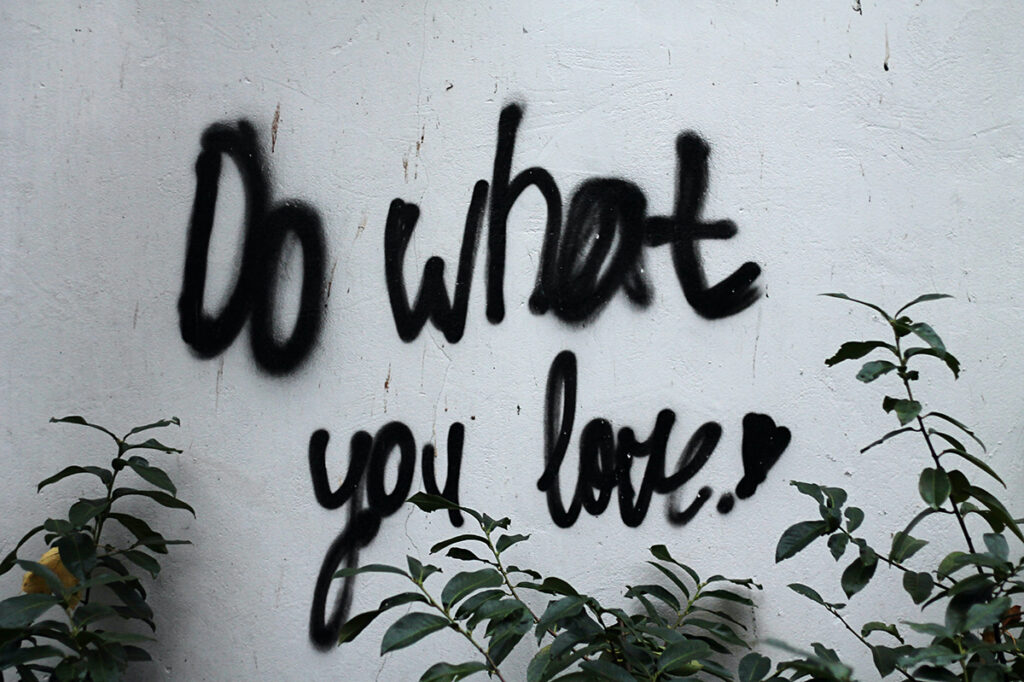
Formal observations provide valuable feedback and are a tool for growth, both for you and your observer. Educator Amy Green sums them up by reflecting on their true purpose, “Observations are always a little nerve-wracking… So, first, keep breathing. Second, have fun—it should be obvious that you enjoy teaching and your students. It is this enjoyment that is the key ingredient to becoming a great teacher. To prepare for an observation, pick a time of day that you’re at your best and a subject that is your favorite to teach. It will show your true potential. Finally, know that what is being observed is your potential, your connections with students, and your true love of teaching.”
Teachers are most critical of themselves. Do your best to set yourself up for a smooth observation by following these eight steps to prepare ahead of time. Be confident, gracious, and gentle with yourself through both the observation process and the post-observation reflection. An observation is not the end-all-be-all. It is an opportunity to engage your students and educate your observer about the visual arts. You’ve got this!
What advice do you have for preparing for an observation?
How do you navigate conversations with an inexperienced observer?
Magazine articles and podcasts are opinions of professional education contributors and do not necessarily represent the position of the Art of Education University (AOEU) or its academic offerings. Contributors use terms in the way they are most often talked about in the scope of their educational experiences.
